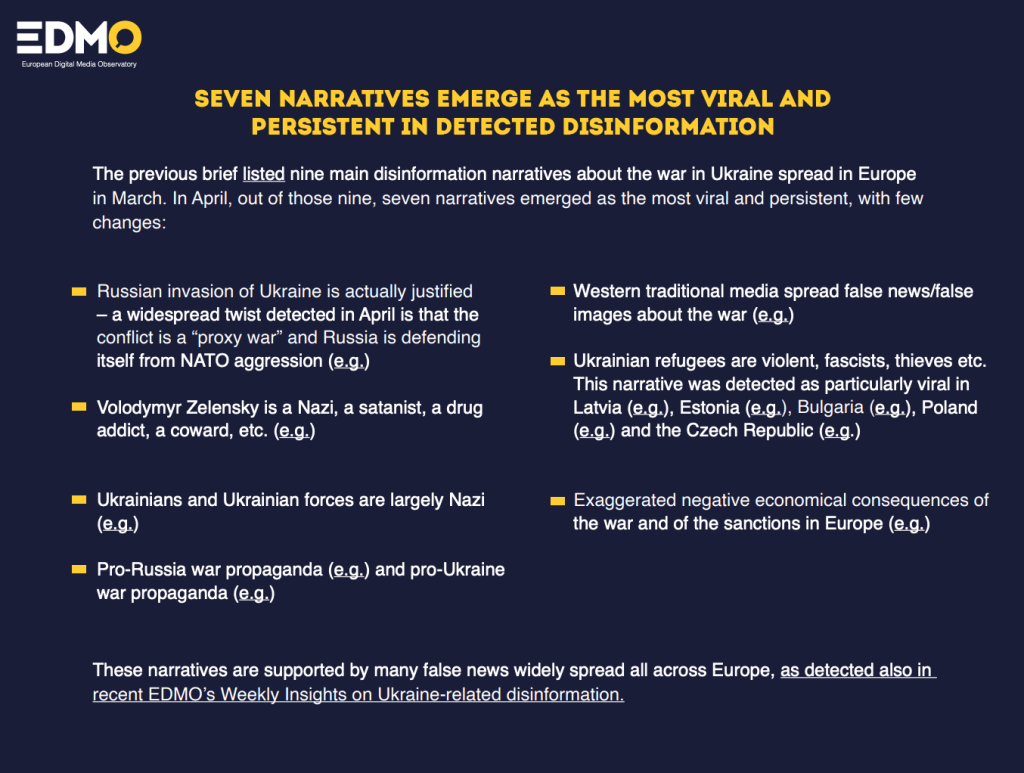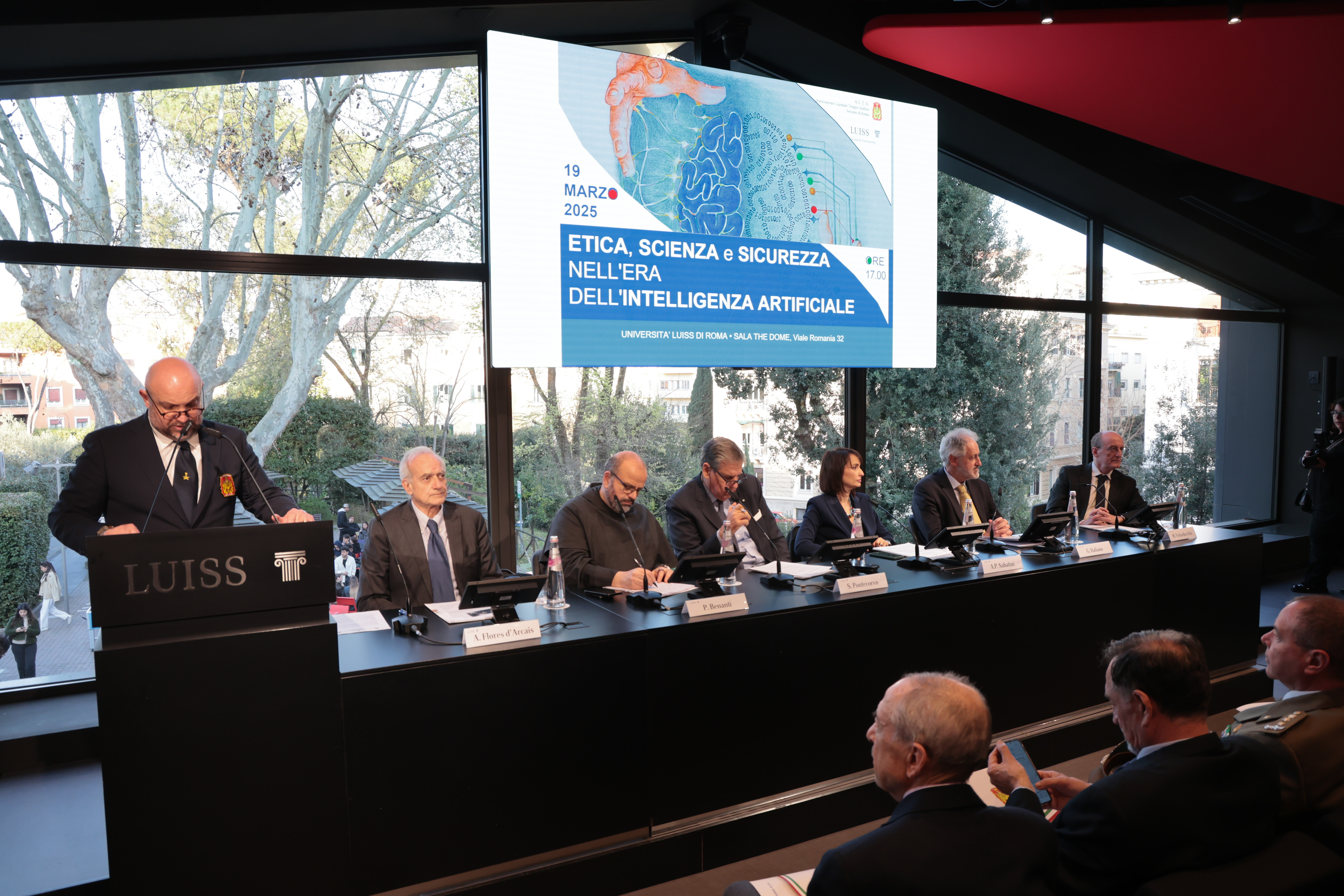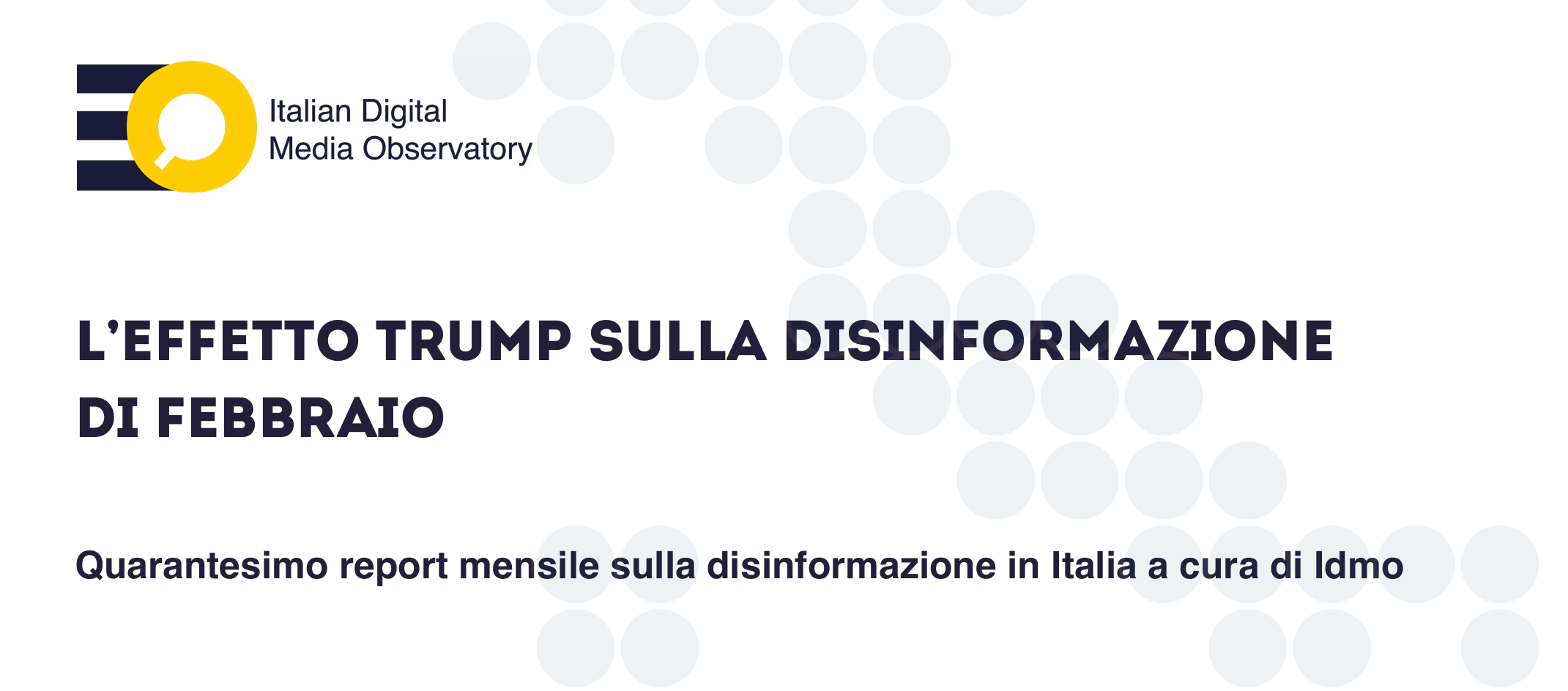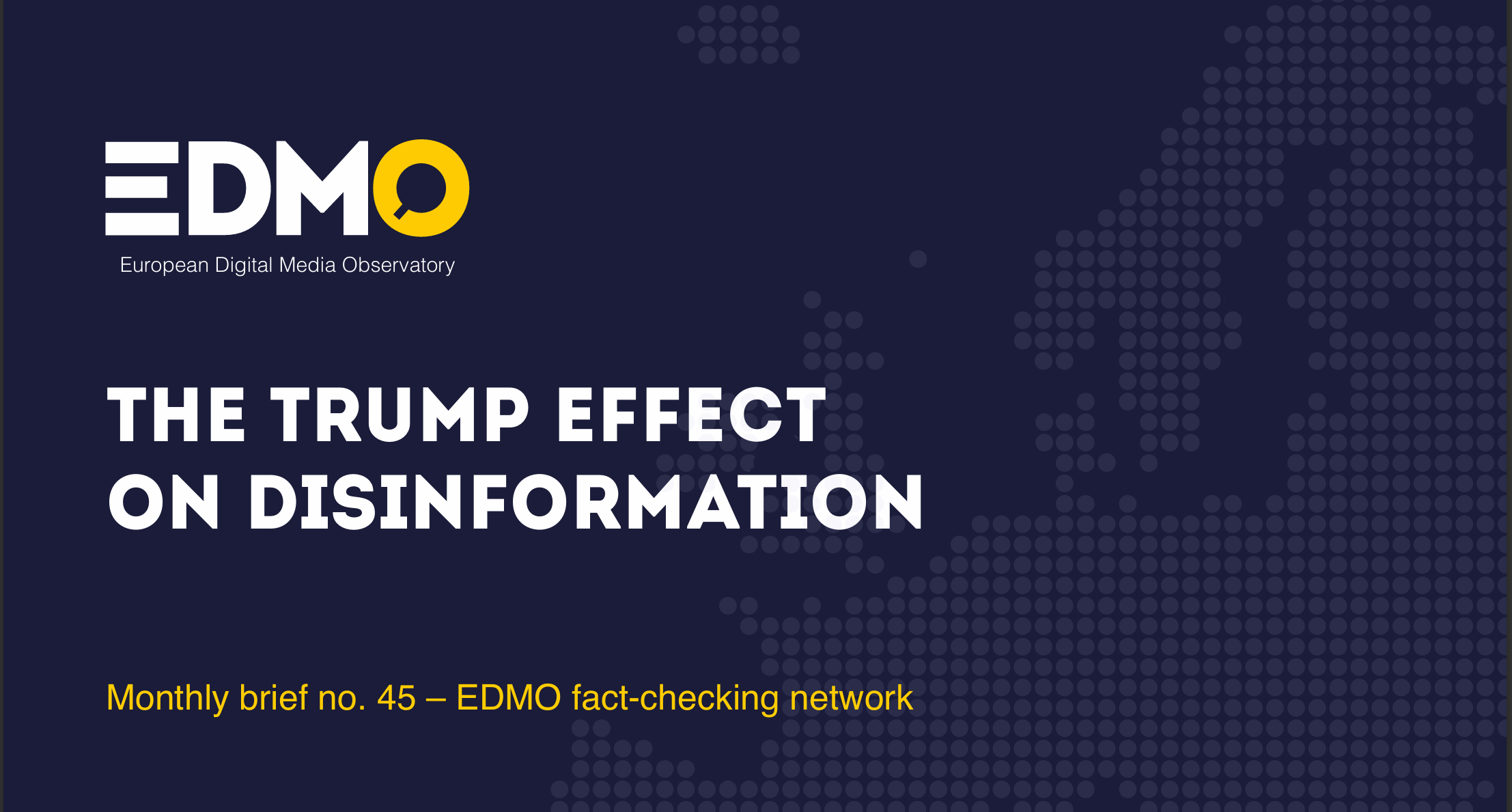An analysis of the EDMO fact-checking network. Organizations that contributed to this analysis: PagellaPolitica/Facta, Delfi, Eesti Päevaleht, Proveri-AFP, Re:Baltica
The Ukraine-related disinformation is spread in the EU in many different languages, Russian included. In some EU countries there are big Russian communities or a large share of the population understands Russian. As we’ll see the main disinformation narratives in Russian are, unsurprisingly, in their substance very similar to the ones in other European languages. But, according to an investigation of the EDMO’s fact-checking network, there are some specificity and elements worth underlining.
The main disinformation narratives detected in the EU
Since the 24th of February, when Russia invaded Ukraine, a massive volume of disinformation related to the war started circulating across the EU, spreading in different languages and in different countries. Two months later, EDMO’s fact-checking network was able to isolate seven main disinformation narratives conveyed by the detected false news, images and videos.

During the analysis, we noticed that in some EU countries disinformation was circulating not only in national languages, but also in Russian. This prompted us to investigate what kind of disinformation is circulating among Russian-speaking communities, and whether it differs or resembles the one spread in European languages across the EU.
In order to analyze disinformation in Russian, we focused on the three Baltic countries members of the EU (Estonia, Latvia and Lithuania) where big Russian communities are living, and on Bulgaria, where a relevant share of the population understands Russian.
We asked information to four different fact-checking organizations – AFP in Bulgaria, Delfi in Lithuania, Eesti Päevaleht in Estonia, and Re:Baltica in Latvia – and to a Bulgarian journalist, Ruslana Margova, expert in countering disinformation in GATE Institute for Big Data in Sofia University “St. Kliment Ohridski”. Here’s what we discovered.
The narratives are almost the same
In the four monitored countries, all the disinformation narratives previously isolated by the EDMO’s fact-checking network spread both in national languages and in Russian. As expected, the only partial exception is the pro-Ukraine war propaganda.
This alignment is not surprising, considering that the main pro-Russia disinformation narratives emanate directly from the Russian government, mass media, and propaganda apparatus. For example, the Foreign Minister Sergei Lavrov talked about Nazi sympathies in Ukraine and claimed that the massacres in Bucha was staged, while Maria Zakharova, a Russian press officer, wrote that Russia didn’t start the war, but rather ended it, intervening to stop a 8 year-long genocide in the Donbass region.
A specific narrative for Russian-speaking public
The most notable difference between the disinformation narratives spread in EU languages and those spread in Russian, according to the reports from the different fact-checking organizations and experts that contributed to this investigation, is that in the latter case we have an original set of false news which specifically aims to exaggerate the support shown by foreign communities for Russia’s actions.
For example, in May Latvian Re:Baltica detected two examples of false news in Russian, one exaggerating the support for Russia’s invasion of Ukraine in the Arab world, and another one exaggerating the support all around the world (e.g. old videos of protests in Italy against the “green pass” were presented as pro-Russia demonstrations.)
In Lithuania, an old video has been used to spread the false news that Ukrainians in Odessa were demonstrating in support of Russia’s ongoing invasion. A video in which a German journalist who lives in Russia and spreads disinformation – initially about the pandemic, now about the war in Ukraine, following a well-known trend – claims that the majority of Ukrainians supports Russia’s invasion also became viral.
In Bulgaria, a post on Facebook stated that there was a Bulgarian flag in Moscow’s Red Square during the 9th of May celebrations, under the title “Words are unnecessary”. But it is false: it is actually the Suvrov Ordin’s flag, a Soviet blue ribbon.
Interesting elements at a national level
Estonia
In Estonia, a significant amount of disinformation in Russian language emanated directly from the Russian embassy’s statements about Ukraine committing a genocide in Donbass, or about Ukraine hosting U.S. secret bio-labs, or about the massacre in Bucha being staged.
A disinformation narrative aimed at exaggerating the russophobic sentiment in the EU – which was detected in Europe in March but progressively faded, in general, over the following weeks – was reported as particularly relevant in Estonia, where different Russian sources claimed an ongoing persecution – or even genocide – is taking place against the Russian minority in the country.
The disinformation narrative targeting Ukrainian refugees – claiming that they are violent and steal resources from the EU populations – is particularly relevant in Estonia. Martin Laine, journalist and fact-checker of Eesti Päevaleht, explains: “Already before the war, Estonia had a somewhat sizable Ukrainian community. Estonian salaries are among the highest in Eastern Europe, and this has created a flow of Ukrainian immigrant workers living here. This also meant that a lot of Ukrainian refugees could connect with their families in Estonia, making us a more desirable destination for them when compared to other Baltic states. Statistically, per capita Estonia’s aid in welcoming refugees has been noticeable. For Russian activists and propaganda, this has been a good breeding ground for disinformation campaigns and inciting conflicts.”
But it is not only Russian propaganda that is spreading false news about migrants. “Unfortunately, populist far right political powers have also taken the bait, so these narratives are not only spread by pro-Russia activists, but also at the political level by Estonian-speaking populist politicians,” says Laine. This alignment between far right politicians and Russia is not new and it is not limited to Estonia in Europe. Our colleagues from Demagog confirmed that a similar phenomenon is ongoing in Poland as well.
Latvia
In Latvia, the most relevant disinformation narratives in Russian language claim that the war is actually justified, exaggerate the negative economic consequences of the war, and have a focus on refugees. On the other hand, narratives accusing Zelensky and the Ukrainian population of Nazi sympathies are not very popular.
Evita Purina, journalist and fact-checker at Re:Baltica, states that false news about refugees represented “the main propaganda narrative in March and the beginning of April.” “One of the main sources are TikTok videos posted by random people living in Latvia, Poland, Moldova etc.” says Purina. “The anonymous TikTok videos are then republished in the materials of Russian state media as a proof. For example, the Russian news agency Ria Novosti published a news item titled ‘Citizens of different countries were outraged by the behavior of Ukrainian refugees’, which in turn was republished by several other media outlets on different platforms.” Ukrainian refugees are also attacked from other sides, by false news claiming they are not real refugees, or that they are actually rich and therefore do not need help.
Regarding the exaggeration of the negative economic consequences of the war and the sanctions, one of the main narratives – created and spread by both Russian and Latvian channels in Russian – presents Latvia as dependent on Russia as a big neighbor (with incorrect data), and thus claims that it would be better for the country to focus on its own population rather than on helping Ukraine.
One last interesting element about the situation in Latvia, highlighted by Purina, is related to the evolution of different disinformation channels, which went from spreading pandemic-related false news to Ukraine-related false news. While this is a common phenomenon in the EU, in Latvia the shift caused disinformation spreaders to lose followers, and as a result their audience today “is not that large as it used to be during the pandemic,” explains Purina. “Russia is too well known to Latvians, so it is not easy to poison people’s minds with war propaganda and lies. Their impact on Ukraine is much more limited than it was on Covid during the Covid crisis. The main disinformation spreaders are others, like Russian media and random local and Russian pro-Kremlin bloggers. The vast majority of misinformation is spread in Russian.”
Lithuania
In Lithuania, the disinformation narrative in Russian language about Ukrainian refugees is reported to be less significant than in Estonia and Latvia. On the other hand, the narrative about the negative consequences of the war and the sanctions on the economy appears quite strong, and it targets both the European economy as a whole and the Lithuanian economy specifically.
A defining trait of disinformation in Russian language about the economical situation in Lithuania – highlighted by Aiste Meidute, journalist and fact-checker at Delfi – is a line of false news spread by Belorusian state televisions, that creates a whole narrative about Lithuanians buying goods in bulk from Belarus and about Lithuania’s desperate need to import goods from Belarus. These claims are baseless, and the actual impact of a potential complete stop of Russia and Belarus’ exports of goods to Lithuania is estimated to be minimal.
Bulgaria
In Bulgaria disinformation in Russian is quite a widespread phenomenon. “As both Bulgarian and Russian are Slavic languages, and both countries historically have close relations, it’s much easier for the Russian disinformation to reach the Bulgarian audience than in Western Europe,” explains Rossen Bossev, journalist and fact-checker of AFP-Proveri (the Bulgarian bureau of AFP).
Generally, in Bulgaria all the narratives detected in EU languages have also been detected in Russian (with the usual and obvious exception of the pro-Ukraine war propaganda).
“Generally speaking, Bulgarians can get informed via Telegram, Yandex, and other channels about the events in Ukraine and Russia, in Russian”, says Ruslana Margova. “Meanwhile, there are some big Bulgarian newspapers and online media that inform Bulgarians of the Kremlin’s official position.”
This massive exposure of the Bulgarian public opinion to Russian propaganda could be one of the reasons why a recent Eurobarometer survey detected in Bulgaria the lowest approval rates of all European countries for the EU sending military aid to Ukraine, and the second (behind Cyprus) highest percentage of people not agreeing that the war being first and foremost Russia’s responsibility.
In a previous investigation about Covid-19 related disinformation, we already reported how Bulgaria is one of the EU countries with the most favorable environment for the spread of false news.
Conclusion
Since the beginning of the war in Ukraine, pro-Russia disinformation and propaganda circulated significantly in the EU. Until now, we mainly focused on disinformation spread in EU languages, but in this investigation we investigated the disinformation that circulates in Russian, especially in the Baltic countries and in Bulgaria.
Generally, we can say that the main disinformation narratives in Russian are the same as those detected in EU languages, with few differences. This is unsurprising, considering that disinformation is often echoing the Kremlin’s rallying cries. The most interesting difference is that in Russian there is a significant line of false news aimed at exaggerating the support for Moscow’s invasion, which we have not yet detected as relevant in EU languages.
Tommaso Canetta, Pagella Politica/Facta.news



